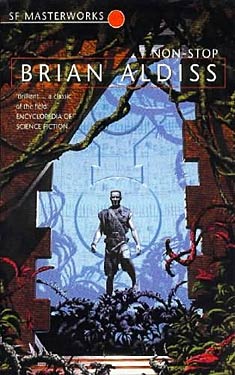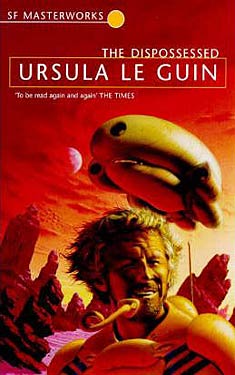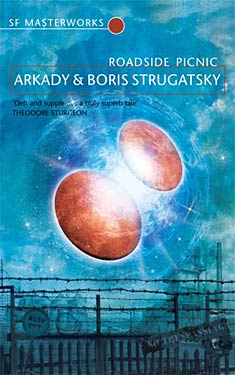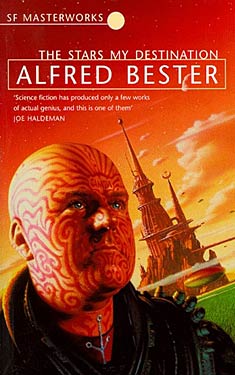In this course, we will look at three types of films that generally achieve "cult" status:
- Films whose reach exceed their grasp, and spectacularly so (the Guilty Pleasure)
- Films that take an unconventional approach to narrative or subject matter (the David Lynch)
- Films that become significant for reasons beyond their intrinsic merit (the Dementia 13)
Plan 9 is a prime example of your Type 1 Cult Film, the Guilty Pleasure. Notice the way the cardboard graveyard wobbles as people walk through it. Notice the blank wall that stands in for an airplane cockpit and the lovely curtains that form the interior of an intergalactic space cruiser. Wooden dialogue delivered by non-professional actors. It's all here. But also, notice the sincerity of all involved. Most of them genuinely believe in what they're doing here. They're excited just to be making a movie. We empathize with them, because we understand the joke, but they don't seem to. Watching them move and speak like no human beings have ever moved or spoken in real life is kind of touching...maybe even a little heartbreaking, isn't it?
But not everything about this film is terrible. The lighting is fine. The editing is consistent and looks reasonable enough. And the idea of "solarbonite," sunlight molecules that can be weaponized, is actually sort of interesting and taps into the late-50s zeitgeist. There are many films in the Guilty Pleasure category of Cult Films that cannot make even these modest boasts.
This brings us to the epic question of why do we bother with Cult Movies? There are some laughs in your Guilty Pleasures, sure, but intentionally funny movies are bound to have more. Watching great actors or directors in their first films has novelty value, but their later films are by far the greater achievements. So what gives?
Three reasons. (And these will be on the final.)
- They are Outsider Art. Whatever the type of Cult Film, these movies are all created by either amateurs with no connection to the mainstream filmmaking establishment, or they represent film professionals intentionally subverting established forms. Both broaden the scope of human experience portrayed on film. In many ways, Manos: Hands of Fate, however abysmal in its technique, is a more honest reflection of real life in America in 1966 than something like Who's Afraid of Virginia Woolf? because of what's not onscreen. The simple fact that it exists illustrates that the Hollywood Dream reached even to El Paso, Texas, and beyond, catching fertilizer salesmen, local theater actors, retired judges, and other regular people up in its mystery and promise. (Read about the effort to restore Manos from its original film elements here and here.)
- They are life affirming. These films, especially the Guilty Pleasures, are full of pathos. We instantly feel for these people (not the characters -- good lord, no -- but the actual people making the films), and we root for them. We understand that they have no idea what they're doing either in front of or behind the camera, and we wonder how we'd respond under similar circumstances. Because of that, the part of us that always roots for an underdog wants to see them and their celluloid babies succeed in spite of themselves.
- We just like them, and that's totally ok. No explanations or apologies necessary. Sometimes, we just enjoy dumb stuff because it makes us happy.



































